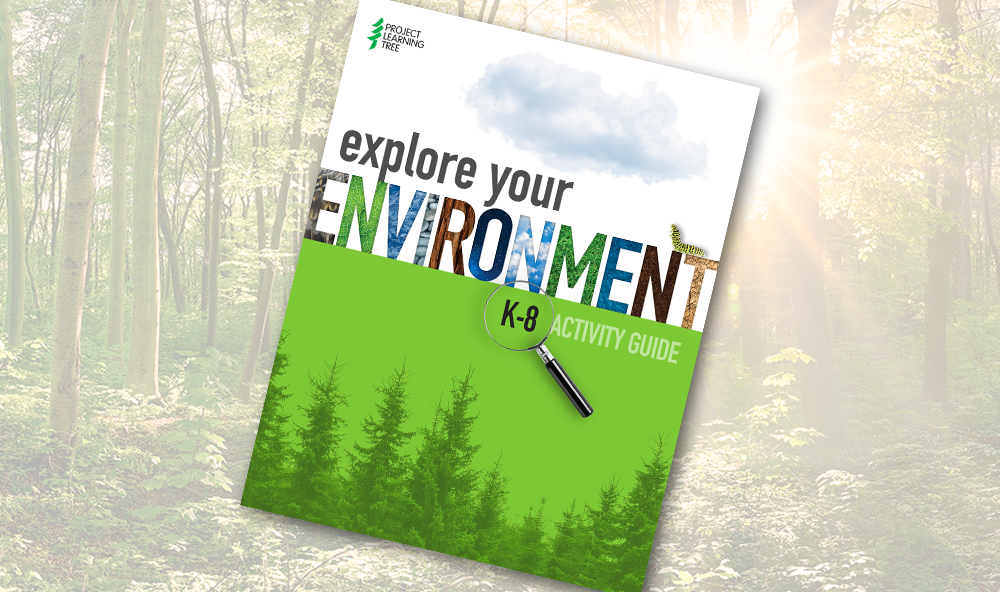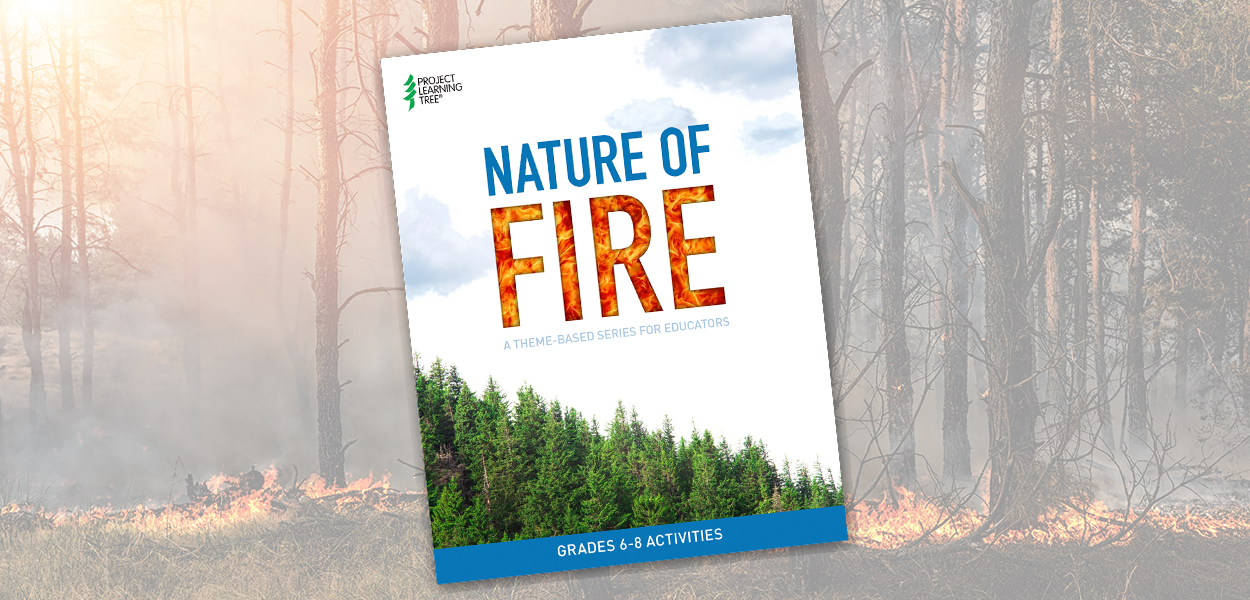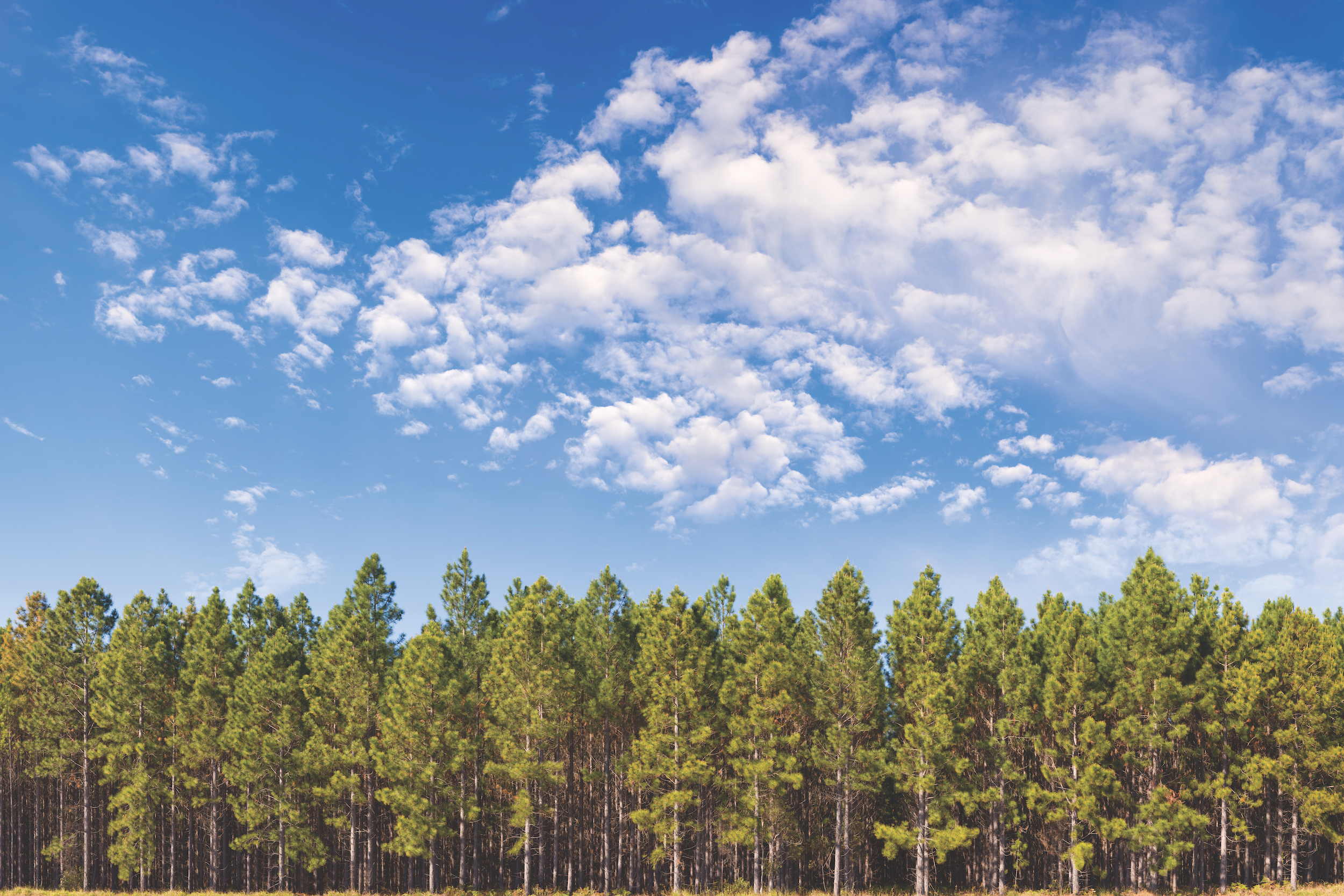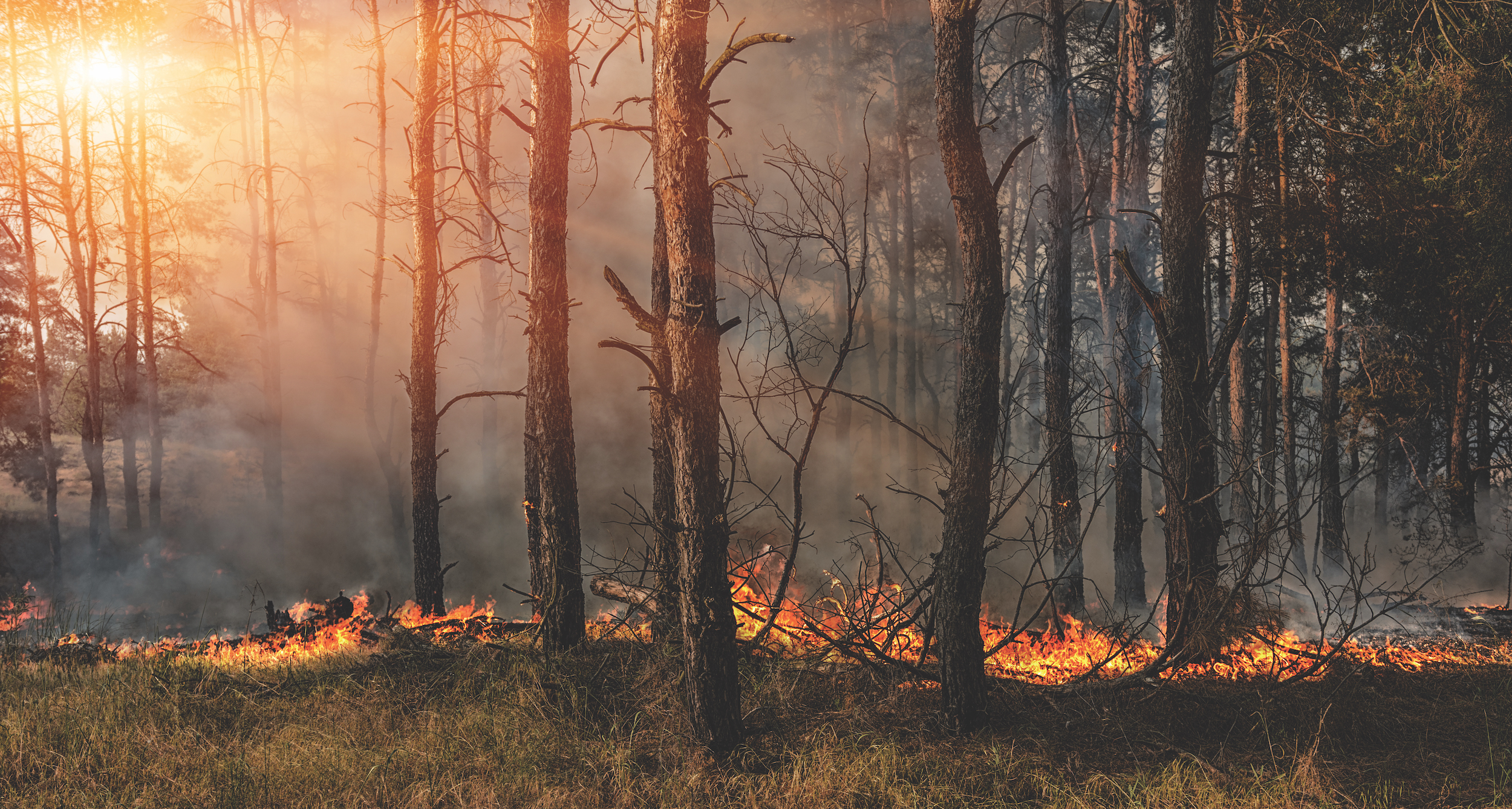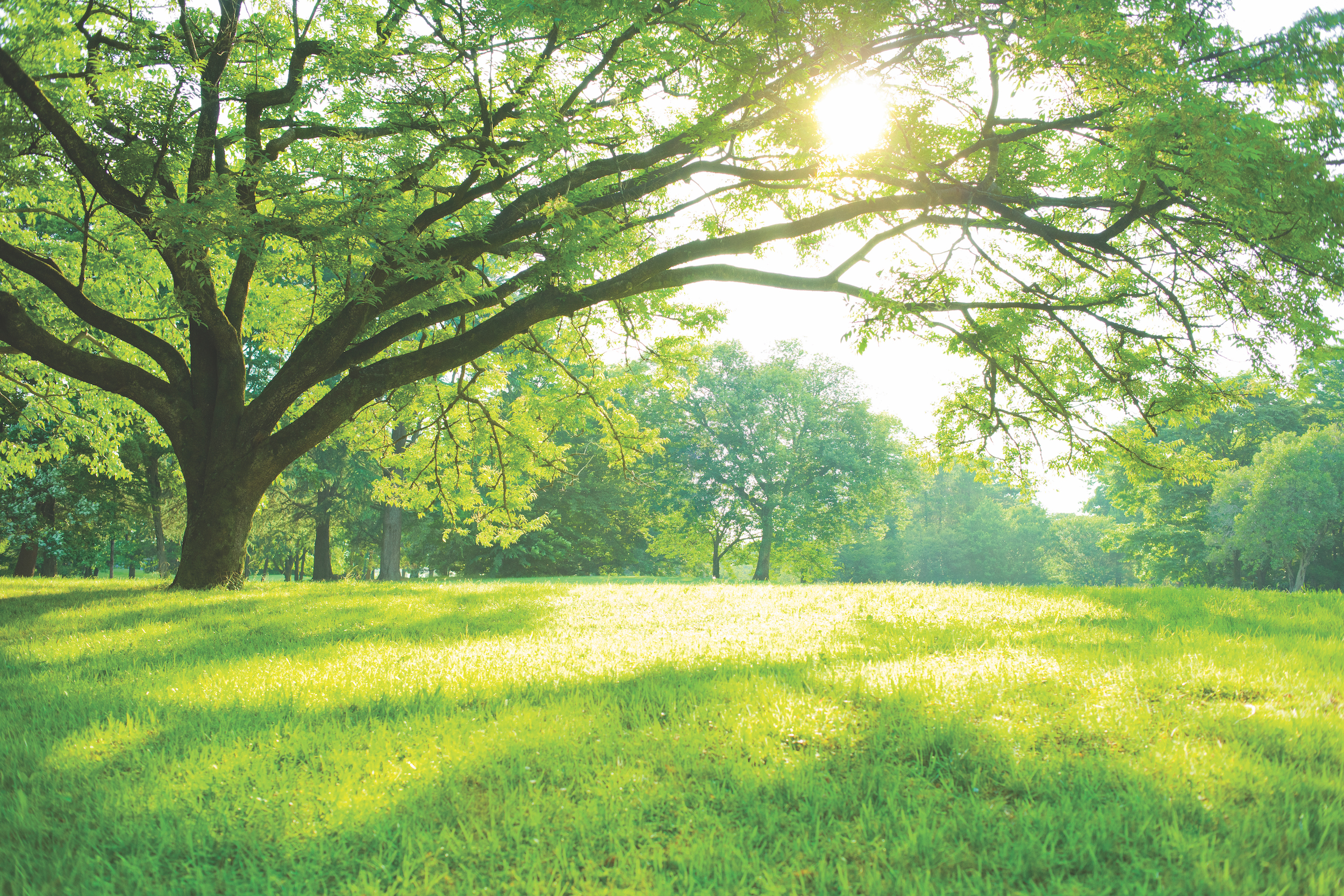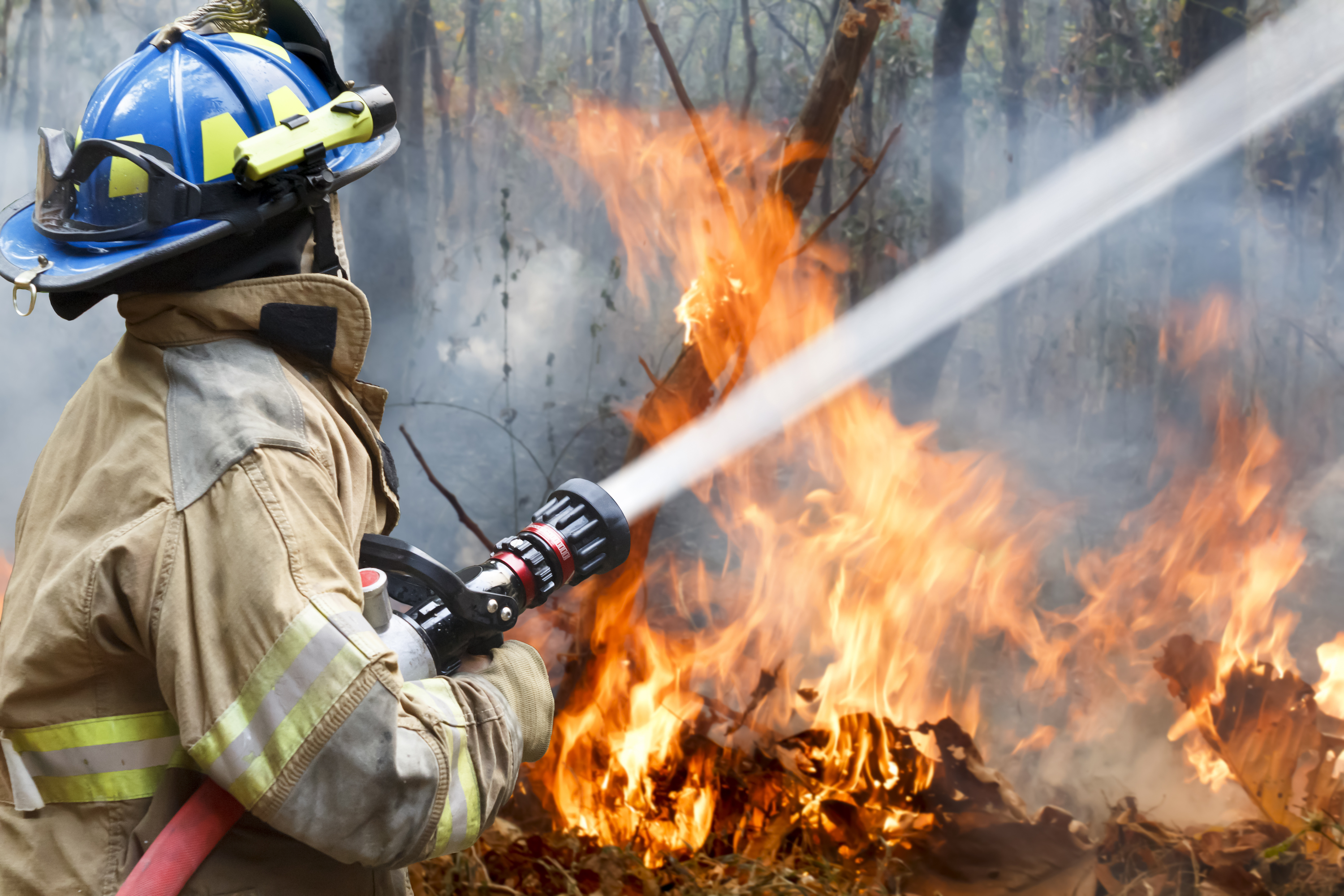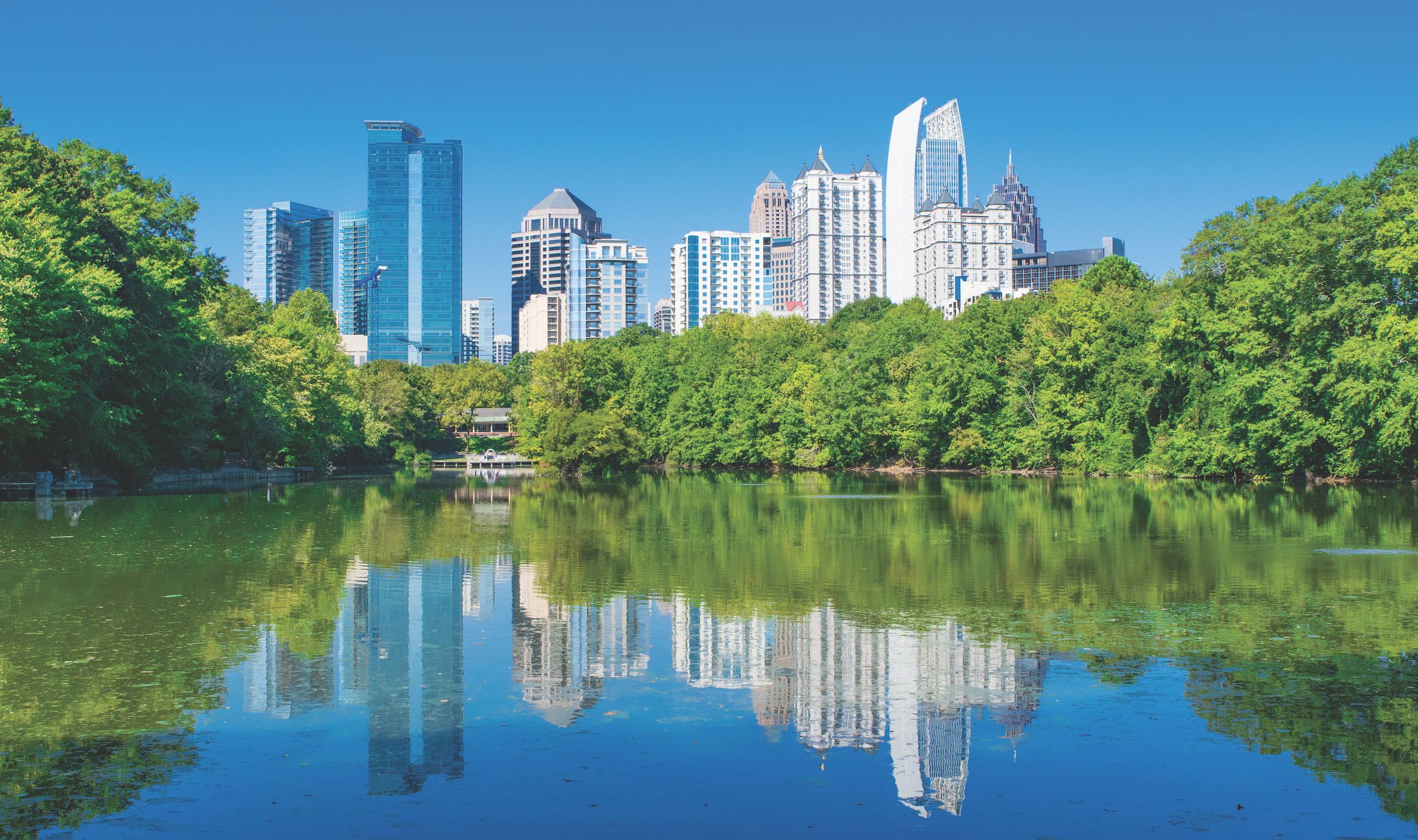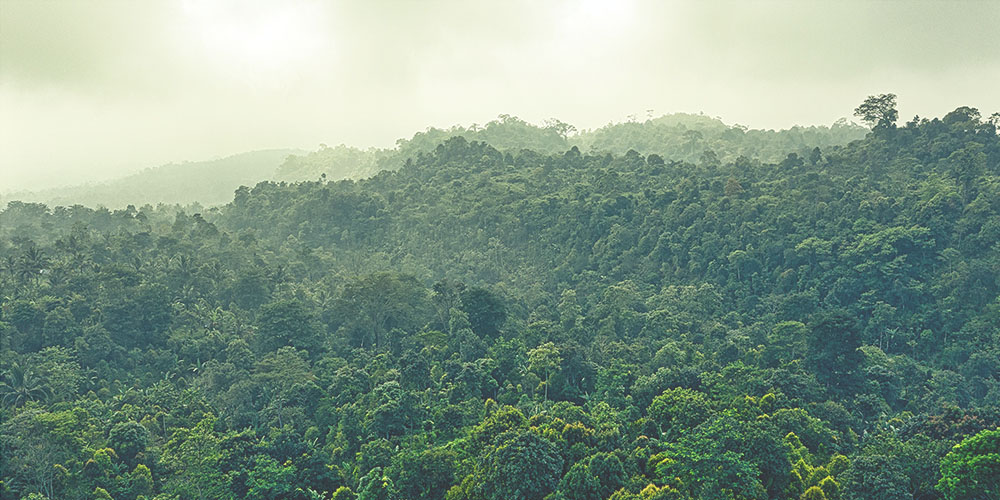November 28, 2022 | By Rae
Nature of Fire features three PLT activities for educators of students in grades 6-8 about sustainable forest management and strategies to reduce catastrophic wildfire, ensure resilient forests, maintain forests, and restore degraded lands.
December 28, 2020 | By Project Learning Tree
Succession is a natural pattern of change that takes place over time in a forest or other ecosystem. Students read a story about succession and investigate the connections among plants, animals, and successional stages in a local ecosystem.
December 28, 2020 | By Project Learning Tree
Students learn about the three elements a fire needs to burn and find out how this “fire triangle” can be used to prevent and manage wildland fires, particularly in the wildland–urban interface.
December 28, 2020 | By Project Learning Tree
Tree rings show patterns of change in the tree’s life, as well as changes in the area where it grows. Students will trace environmental and historical changes using a cross-section of a tree.
December 28, 2020 | By Project Learning Tree
This fun and active modeling simulation reviews the conditions that trees need to live and grow, while also demonstrating that trees must compete to meet their needs.
December 28, 2020 | By Project Learning Tree
A plant is a biological system containing processes and components that enable it to grow and reproduce. By observing, collecting, and classifying seeds, students examine one aspect of a plant’s reproductive system.
December 13, 2020 | By Project Learning Tree
This Learn About Forest activity is perfect for forest sector professionals leading outreach events, career days, or field visits with youth. Learners explore the role of fire in ecosystems and conduct a wildfire safety inspection of the site.
September 29, 2020 | By Project Learning Tree
Decisions about community land use are complex and often involve many people in many ways. In this activity, students use trees as a backdrop to develop a land-use plan.
August 25, 2016 | By Project Learning Tree
Students analyze factors that can change forests by using data sets, maps and other information. They also examine projections about future climate conditions and explore how these factors may change forests in the 21st century.
